
Read or listen offline
Amazon KindleRecommendation
The World Bank worked in partnership with supranational institutions and more than 200 statistical bureaus around the world to produce this quantitative report on the world’s progress toward reaching the United Nations’ Millennium Development Goals (MDGs). Readers will need a wide-angle lens to appreciate the true daring of the World Bank’s mandate to eliminate extreme poverty by 2030 and to foster “shared prosperity.” The report has considerable breadth and depth, so read it closely; often the most hopeful data lie buried in seemingly mundane measures. For example, the number of people traveling by air on carriers in East Asia and the Pacific nearly doubled between 2002 and 2012, now rivaling air travel in North America. That is cause for some optimism. getAbstract recommends this comprehensive but statistics-laden report to policy makers, economists, officials at nongovernmental organizations and corporate officers who want a data-centric look at economic development.
Summary
About the Author
The World Bank provides financial and technical assistance to developing countries.









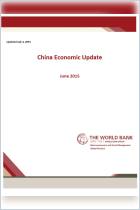
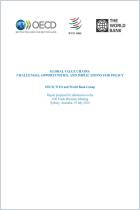
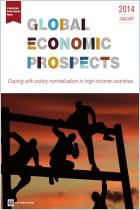
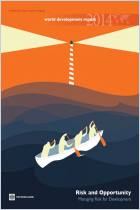
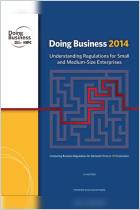
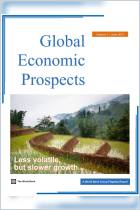


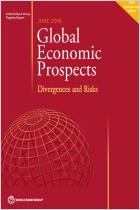








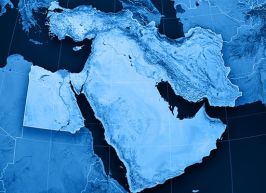



Comment on this summary
К сожалению, в настоящий момент мы не переводим на русский язык изложения отчетов и статей. Мы занимаемся только пересказом книг.
Русская редакция getAbstract